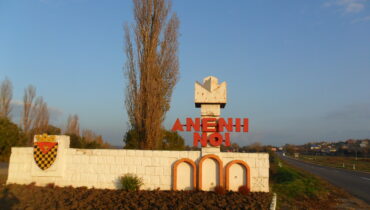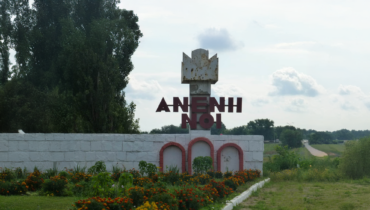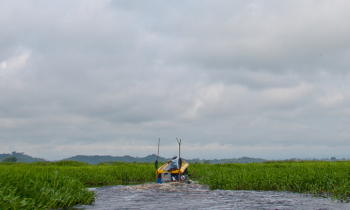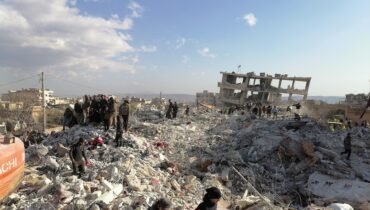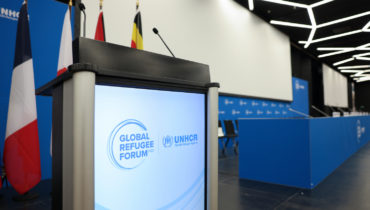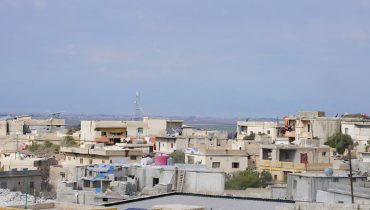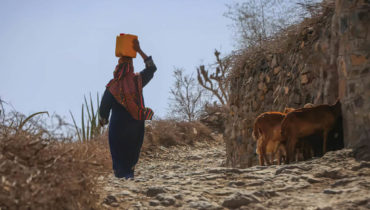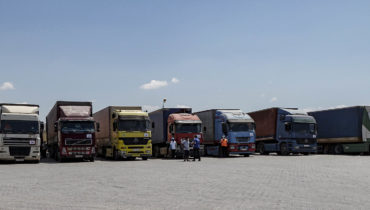Syria: Widespread damage poses risks to residents and hinders recovery in Ar-Raqqa city
24 October 2018
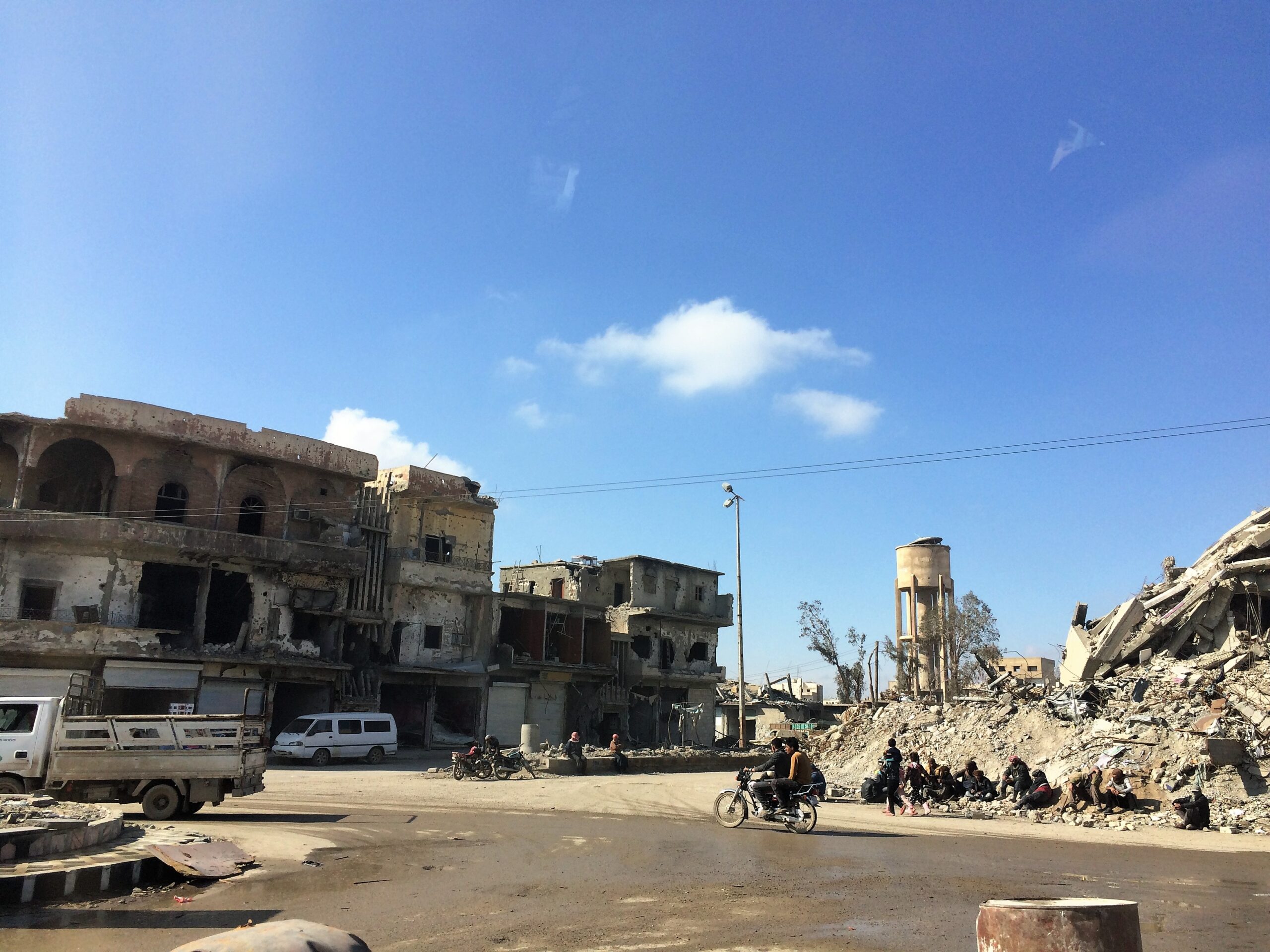
Access and movement has improved in most areas of Ar-Raqqa. ©REACH/2018
Large numbers of the residents of Ar-Raqqa have returned to their homes since the cessation of conflict in October 2017. Despite initial efforts in reconstruction, damage remains widespread and basic services limited. Moreover, the presence of explosive hazards and the complex security environment continue to pose risks for residents as well as humanitarian and recovery actors operating in the city.
Building on previous REACH assessments of Ar-Raqqa, REACH conducted follow-up assessments to understand services and market functionality as of June 2018. Firstly, REACH conducted an area-based assessment based on interviews with 81 key informants with knowledge of the needs of the residents throughout the city. Secondly, REACH undertook a supplementary markets assessment, through 170 interviews along a variety of service supplies, to better understand the timely challenges in market supply-chains.
Even though the assessment noted modest improvement in service availability compared to previous assessments, REACH found persistent needs and gaps in service delivery, namely in sanitation and healthcare. Specifically, emergency healthcare remains a priority need throughout the city, as does skilled assistance in childbirth. Furthermore, conflict-related damage remains widespread in the central and northern parts of the city and pose substantial challenges to residents, including limiting movement both by foot and vehicles.
With concern to market functionality, households are able to access food from markets and shops within their neighbourhoods. Central parts of the city remain key hubs for markets and informants reported that food is mostly affordable, with meat and chicken being the only notable exceptions. However, water quantity levels remain insufficient for household needs in nearly all areas of the city, as households indicated obtaining water primarily from water trucks.
As the residents of Ar-Raqqa city continue to return, the restoration of infrastructure and the development of services needs to be an essential focus of the aid response, to meet immediate humanitarian needs and support long-term reconstruction of the city. Although there appears to be developments in service delivery, increasing the capacity of services in all areas of the city, particularly in neighbourhoods in the city’s centre, should remain a crucial priority to improve the living standard of all residents.
For a more information on our work on Syria, visit REACH Resource Centre and read the full Situation Overview: Area-Based Assessment of Ar-Raqqa City.


